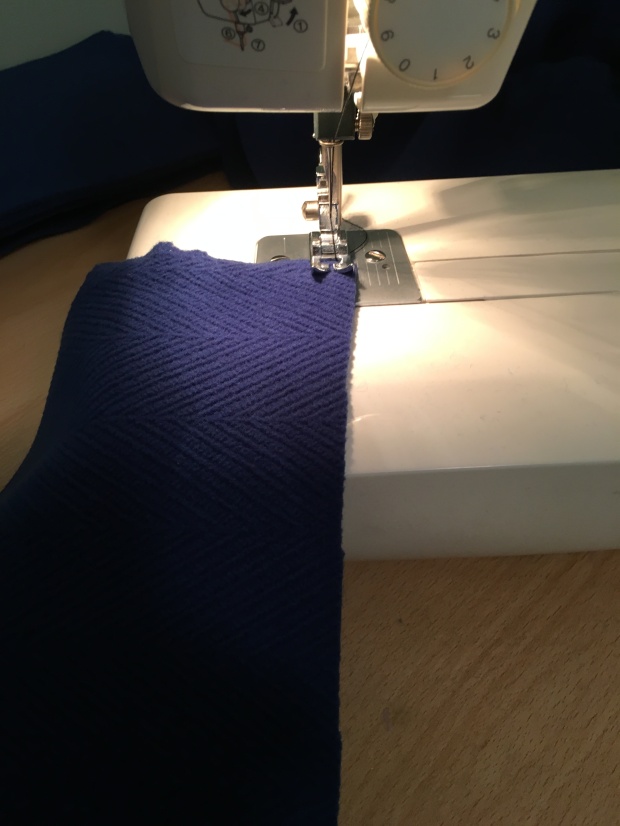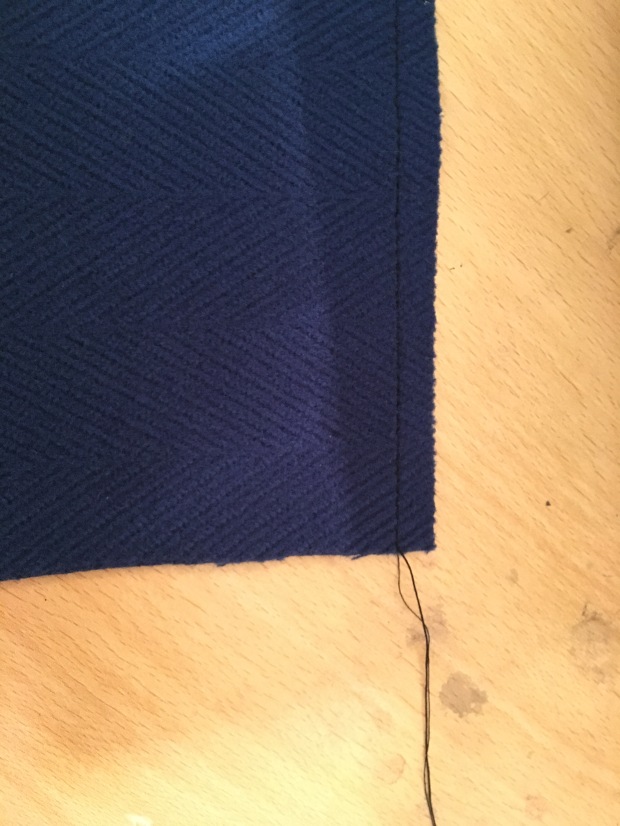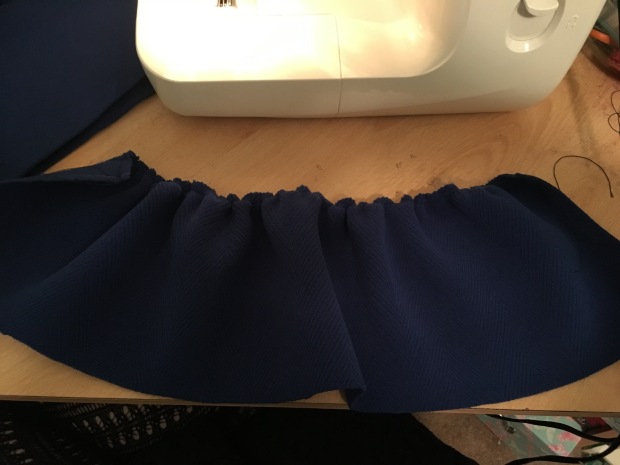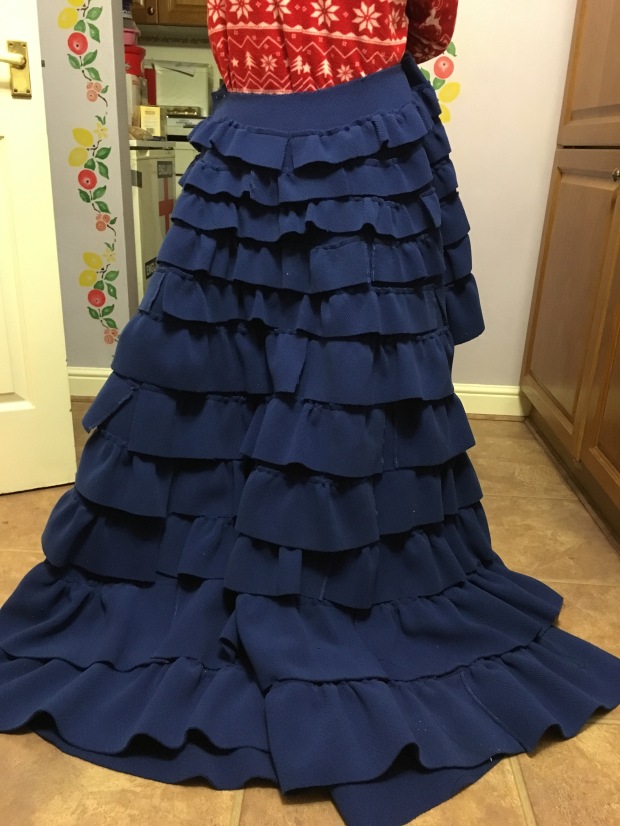Today, we started our support module for fashion construction. I was really excited to start this because I really enjoy sewing and I like learning how to make new things.
We started by looking at how to move simple darts, a neck dart, a side seam dart, and an armhole dart.To make these, we had a mini bodice block and we had to make a mark where we wanted to move the dart. We started from that mark and drew round the block clockwise until we hit the first dart. We had to close the dart by putting the pencil in the bust point and moving the block anticlockwise so the other dart point is where the first one was. We then continues to draw the block until we hit the other dart and did the same thing. We continued round until we got to where our new is going. We connected up the gap and connected it with the bust point. After we had done 2 or 3 of these, they started to get a lot easier to do.
After that, we moved on to doing a diamond insert dart. This sounded really tricky and I was quite worried about it. Instead of drawing round the block like last time, we had to do the cut and stick method because it was easier. We started by drawing round the whole block, including the original darts. We then marked where we wanted out diamond to go and cut it out. We then closed the two original darts by cutting along them then sticking them shut.

After that, we had a go creating asymmetrical curved dart lines. We started this one on the fold of the paper so we had two halves. We drew round the whole block, including all the darts. We then used a tracing wheel to follow the lines of the darts so we can easily draw them on the other side of the paper. We opened up the whole piece and started to draw in our new curved darts. One of the lines is drawn from one bust point to the opposite shoulder. We did another curve from the other bust point to the side seam. We then cut along the new dart lines and closed up the old ones.
After, we pinned them to the material and cut them out. For the neck dart piece we turned it into gathering at the neckline by curving out the neckline more. We pinned them down and cut out all the necessary pieces. We started with the gathering at the neckline by gathering between the two dart slits. After that we did the curved darts. We had to pin the two sides together then carefully sew along the lines to get the curve. The diamond insert dart was the trickiest. We pinned the diamond on one side of the bodice, we sewed one edge then pivoted at the corner so it was all moved round the sewed the other side. We did the same for the other side of the diamond and sewed the front seam together.




















































